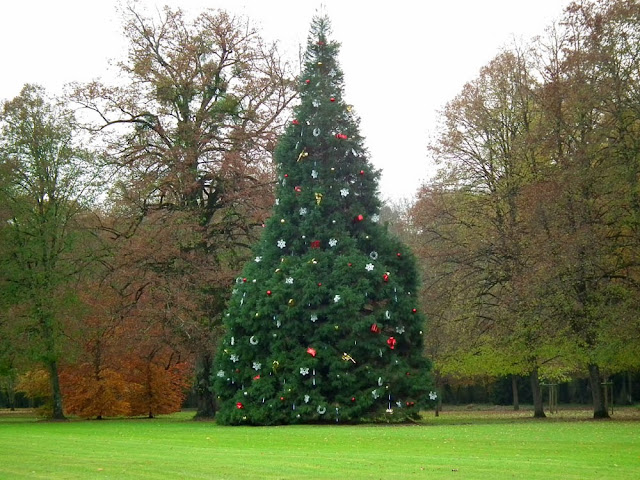A page of Tourangelle industrial history has turned. More than 53 years after the first tyre was made - a radial destined for a 2CV left the workshop on 6 June 1961 - the employees of the Michelin factory have quality checked their last tyre, this time destined for a heavy earth-moving machine.
Between the two dates the site at Joué made millions of tyres and employed 4000 people at its height. Even just three years ago the factory produced 3600 tyres a day, compared to 250 in the last few weeks.
In reality this is just one stage of several in the process of transforming this factory by Michelin. In June last year the loss of 706 of the 906 jobs on site was announced, due to the relocation of the manufacture of tyres for heavy vehicles to La Roche sur Yon. The new manager, who arrived three months ago is directing some big social and industrial changes in the factory. Of those who have left, 380 simply retired. Another 162 took up jobs in other Michelin factories, so have moved away from the Touraine. The final 164 lost their jobs altogether, but 30% have since found new employment.
Very shortly there will only be two workshops on the site, manned by no more than 200 people, making flaps and membranes in one workshop, fabrics in the other. 22 million euros will be spent building a new factory, taking up 8 ha of the 32 ha site. The unwanted land will be sold.
The demolition and rebuild will run from January to October next year and the first job is to pull down all the buildings on the 24 ha which will be sold. By mid-2016 the site will be clear and the land on the market.
Ultimately Michelin is committed to creating 300 jobs on the site and another 100 or so in Indre et Loire. They will get some state assistance to do so and those who lost their jobs will also receive assistance so that the economic impact of so many job losses in a rural area will not be so great.
*****************************************************
Au jardin hier: I lightly sanded all the handles on my garden tools yesterday and dressed them with linseed oil. I'm not totally convinced by the use of linseed oil -- there is a lot of nonsense spouted about having to 'feed' wood -- but it is the traditional treatment to maintain wooden tool handles and Tim did a beautiful job of dressing my broad fork handles last year. Linseed oil works like face cream ie it's hygroscopic, so it attracts moisture and gives the sensation of smoothing and enriching, but isn't necessarily having any real positive effect. It's easy to slop too much of it on, in which case you could end up with every little particle of dirt and dust stuck to the oiled wood, forming an immutable 'mudpack'.
*********************************************
A la cuisine hier: Pizza, from homemade dough topped with supermarket tomato sauce, sauteed mushrooms, slices of chorizo and grated cheddar cheese, served with a green salad. Gut busting. Simon didn't have dessert! Unheard of! There are leftovers for lunch today.























































